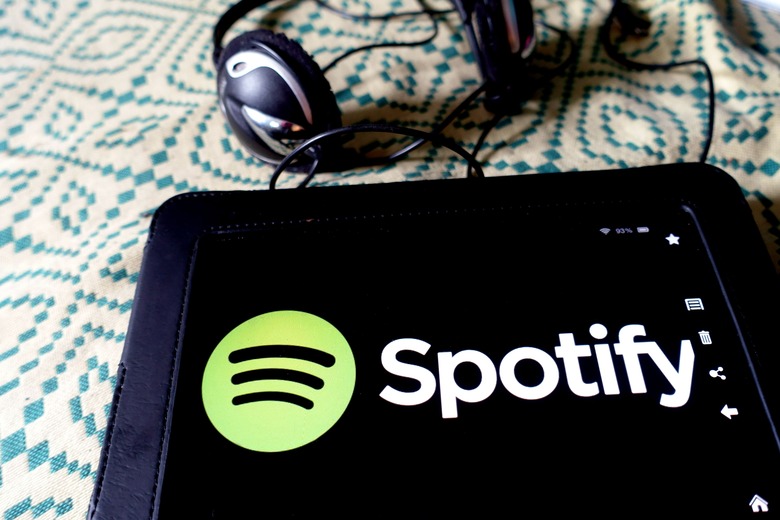Spotify Will Change How It Works To Compete With Apple Music
Spotify is still sitting pretty atop the pile of music streaming services. Sure, Apple Music has had a not-terrible launch with millions of subscribers on board, but it's still a long way away from Spotify's 100 million subscribers.
But the numbers get a little worse for Spotify when you start looking at paid subscribers. Spotify has a little over 40 million paid subscribers, meaning the majority of its customers are on the free tier. That's bad for Spotify's bottom line and its deals with music companies, and makes maintaining Spotify's extensive music library surprisingly difficult.
Currently, Spotify pays the record labels less money per track streamed by a non-paying subscriber, compared to a paying subscriber. It's bad for the record labels, who get less per stream, but good for Spotify, as it makes the free subscriptions it offers customers financially viable. But it's caused tension between Spotify and artists. Most notably, Taylor Swift pulled her music from Spotify, but allows it on platforms with all-paying subscribers, like Apple Music.
So in Spotify's latest round of negotiations with Universal Music Group (UMG), free vs paying subscribers was always going to be an issue. According to Music Business Worldwide, Spotify's new contract with UMG says that some artists will be able to release albums for premium subscribers before free subscribers. That should provide a major incentive for users to buy a subscription, which will end up being a bonus for the record companies.
On Spotify's side, the deal is still a win, as UMG has agreed to take a lower percentage of Spotify's revenue in payment. It's hoping that subscriber growth and the move to a paid tier will make up for the lower percentage with greater revenues overall.
